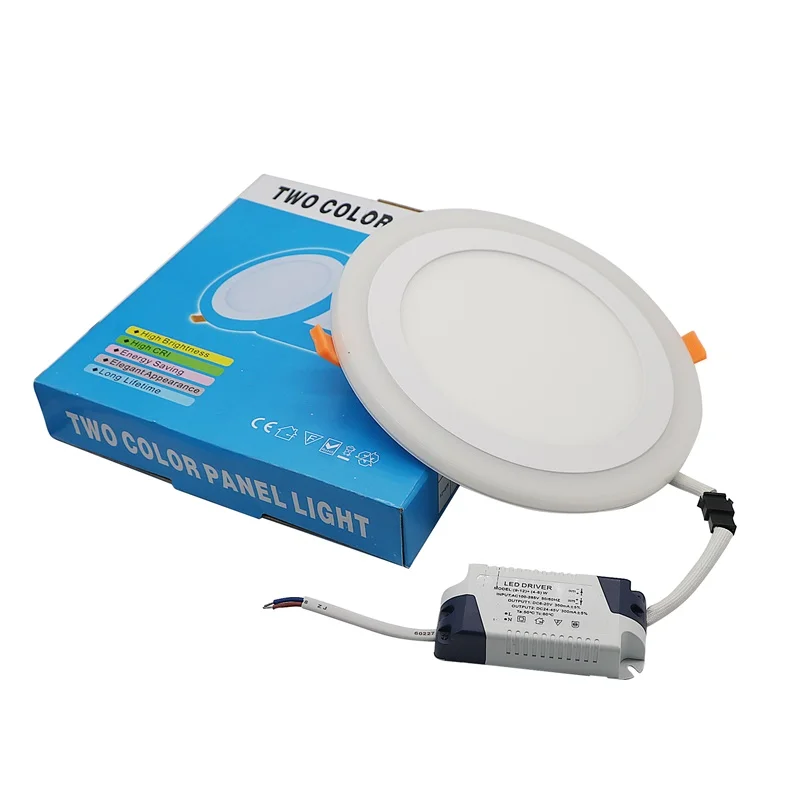

After many months of work, I present the LED color comparison test. Since I used the C700 to such good effect, I called Sekonic to see if they would be interested in making this test possible.

but totally unscientific just doesn't work for me. I learned so much that day, that I felt like I should share my results, as unscientific as they were. I chose a set of LEDs based on my findings and I will get into what I chose later on. Once I finally explained what I was doing, and showed them the meter, it clicked. Here was a guy draping every light on display with a black cloth then diving under it and turning the light on. I brought along a scrap of duvetyne so I could shield the meter from the overhead and as many other light sources as I could. Jump forward a couple weeks, and with C700 in hand, I visited the only place I knew of that would have more than a couple LED brands on hand: B&H Photo Video. Since everyone these days loves LED lights, I felt it was important to know what the units I was going to buy were actually doing. This is one of the only meters that can accurately measure the color quality of non continuous spectrum LED, HMI, fluorescent and neon lights. The C700 with its finer sensor detail can detect the spikes, and references that value in its results. If a light has a relatively smooth spectrum, but a gap in one wavelengths and a spike in another, a coarser RGB reading of older meters essentially averages them together and it doesn't really reflect the imbalance. What this means is the C700 can see spikes in color. Sekonic has used a new design with the C700, a CMOS-based system that is sensitive to far smaller changes in the the wavelengths of light, essentially instead of RGB, its sensor's photosites are more like a rainbow made up of a couple dozen subtle shades ranging across the visible spectrum. The advent of LED and its nature of emitting imbalanced spectrums of light, could give false readings on the older RGB spectrometers, similar to fluorescent and low quality HMI's. This was back when the only light sources you would see were tungsten, the sun, an electric arc lamp, fluorescent and HMI. It worked really well on film, where the three RGB dye layers functioned essentially the same. The information gathered from the three sensors was interpreted, then a value was displayed. Think of it as three monochrome luminance meters with Red, Blue and Green dyed filters over them, sort of like how technicolor works. Older generation color meters functioned on an RGB sensor that measured the difference between the three colors. You may want to continue reading for more background and then come back to watch: It is meant to be viewed with this article and the in-depth analysis that follows. This video is not a standalone, self-contained review. Then the second half of the video features the LED's directly compared to the control plates, side by side so you can see how close or far they fall from the Tungsten and Daylight sources.
#Ikan 430 dimmable led panel light full
In this 4K video, you will see all the footage, first full screen individually so you can just form an opinion on what light you think looks good in terms of color.

#Ikan 430 dimmable led panel light download
Read on for the methodology of our 11-light LED shootout, watch the 4K video, and download full-resolution R3D and TIFF files. While I 've seen tons of reviews on individual LED lights, I've found very little actual measurements or direct comparisons-especially when it comes to evaluating color (which is the big question mark when it comes to LEDs). Recent advances in color meter technology allowed me to conduct a scientific shootout. Will a unit look warm? Cool? Green? Magenta? I needed to find out more before I put down cash.

There are so many options when it comes to shopping for LED lights, but no really good way of telling how the lights will look on camera.


 0 kommentar(er)
0 kommentar(er)
